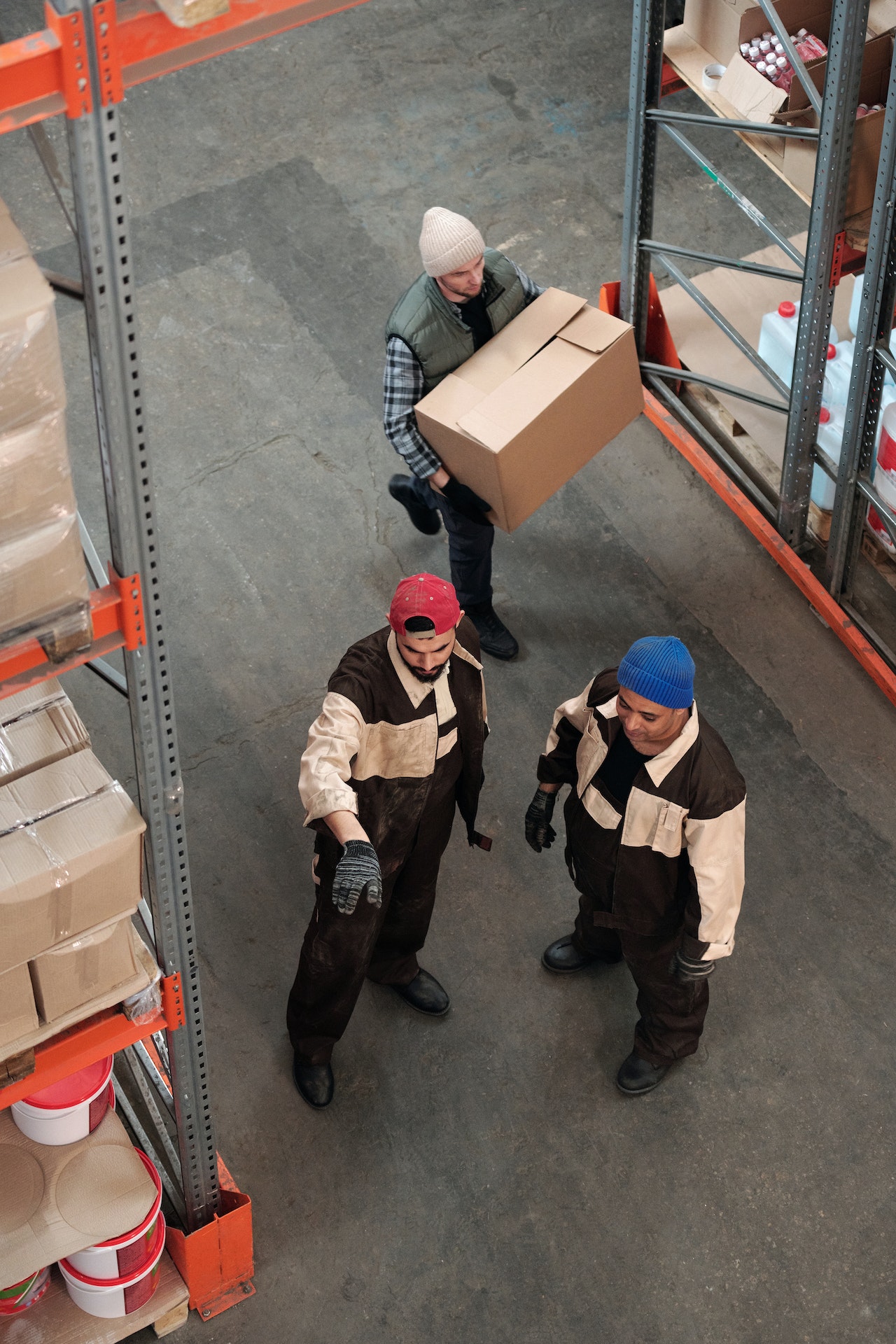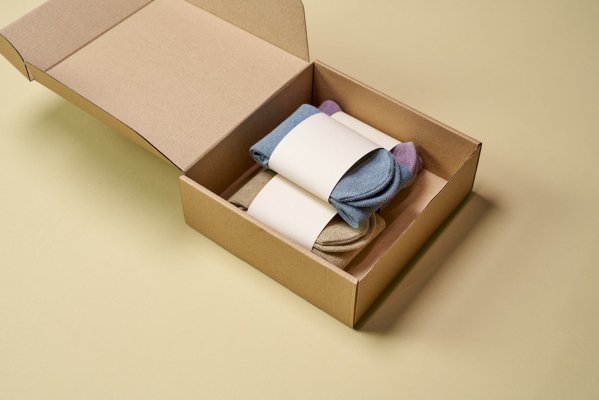The way you package your products can have a huge impact on the success of your business. Not only does it affect how attractive and appealing your product is to customers, but it also impacts shipping costs, storage requirements, and other aspects of the supply chain. In order to maximize efficiency and optimize your product packaging process, there are several key strategies you should consider implementing. This article will explore some of these strategies in detail so that you can make sure your product packaging process runs as smoothly as possible.
Make sure that you have a detailed, written breakdown of the product packaging process and all steps involved. This will help ensure that everyone in the supply chain is on the same page and can quickly identify where potential bottlenecks may occur. Additionally, it will help you streamline the process and reduce costs by identifying areas where efficiency can be improved.
Also, if staff turnover occurs or new employees join the team, having a documented process will make onboarding them much simpler. This will help keep the packaging process running smoothly. For example, you can document packing instructions and assembly processes that are commonly used in the production chain. Don't forget to add in quality checks and inspection processes as well.
Using high-quality packaging materials is essential to ensure your products arrive safely to customers. Investing in reliable shipping materials like boxes, peanuts, bubble wrap, and other protective elements will help prevent damage during transit. Additionally, using eco-friendly packaging options like recyclable or biodegradable materials can help improve your business’s sustainability practices and make customers more likely to buy from you again in the future. This is an important part of the product packaging process and should not be overlooked. Also, investing in the right tools like automated packing machines or tape dispensers can help speed up the product packaging process and make it more efficient.
Investing in automated packing machines can save you time and money when it comes to product packaging. Automated systems are designed to quickly box, label, and package products efficiently with minimal manual labor involved. This reduces costs associated with hiring staff for repetitive tasks and helps improve production speeds.
These systems also reduce the likelihood of human error during the packing process, which can result in costly mistakes that can disrupt your supply chain. Also, there are different types of label printing machinery that you can invest in to make the labeling process faster and more accurate. They will also help cut down on the time it takes to print, affix, and verify labels. So, if you’re looking to optimize your product packaging process, consider investing in automation.
Quality control is essential in any product packaging process. You need to be sure that the items being packaged are of a consistently high standard and meet all customer expectations. By regularly inspecting samples and running tests throughout the production line, you can ensure that any issues or discrepancies are caught early on and corrected. This will help prevent costly mistakes and ensure that your products are expertly packaged before they reach customers. In addition to manual quality control, you can also invest in automated systems that detect any inconsistencies or defects. This will help improve the accuracy of your product packaging process and reduce waste.
Once your product packaging process is up and running, it’s important to consistently monitor and review it. This will help you identify any areas where improvements can be made or potential problems that may occur in the future. Additionally, tracking performance metrics such as production speed and packing accuracy can show you how well your process is performing over time.
By regularly assessing your system, you’ll be able to make sure that it continues to run efficiently and cost-effectively, ensuring customer satisfaction in the long run. This will help guarantee that your product packaging process is functioning at its best. Moreover, monitoring the process will help you identify any areas of inefficiency and make changes that can improve your production capabilities.
Having an effective product packaging process is only possible with trained staff. Investing in training courses can help ensure that your employees are well-versed in the best packing practices and understand how to correctly and safely pack products. This will lower the chances of mistakes, improve production speeds, and make sure that customers’ orders reach them in perfect condition.
Additionally, having a team of knowledgeable workers means that any issues or problems can be quickly identified and solved, allowing for a smoother manufacturing process overall. Training your staff regularly on the latest techniques and tools can go a long way toward improving productivity and efficiency throughout your product packaging process.
Finally, investing in the right packing materials is essential if you want to ensure that your products are safely and securely packaged. Different products require different types of packaging, so make sure that the materials you use are appropriate for each product. For instance, fragile items may require more cushioning than heavier items, and some items may need extra layers of protection for safe transportation.
When choosing a packaging supplier, look for one with experience in the industry and a wide selection of quality materials at competitive prices. Doing this will help you get the most out of your product packaging process without breaking your budget.
In summary, there are many different aspects to consider when creating an effective product packaging process. Investing in the right machinery and materials is essential for success, as well as ensuring that your staff is properly trained. Additionally, it’s important to practice quality control throughout production and monitor performance metrics regularly to identify areas of improvement or issues with your system. By taking these steps, you can ensure that your products reach customers safely and securely every time—and keep them coming back for more!





